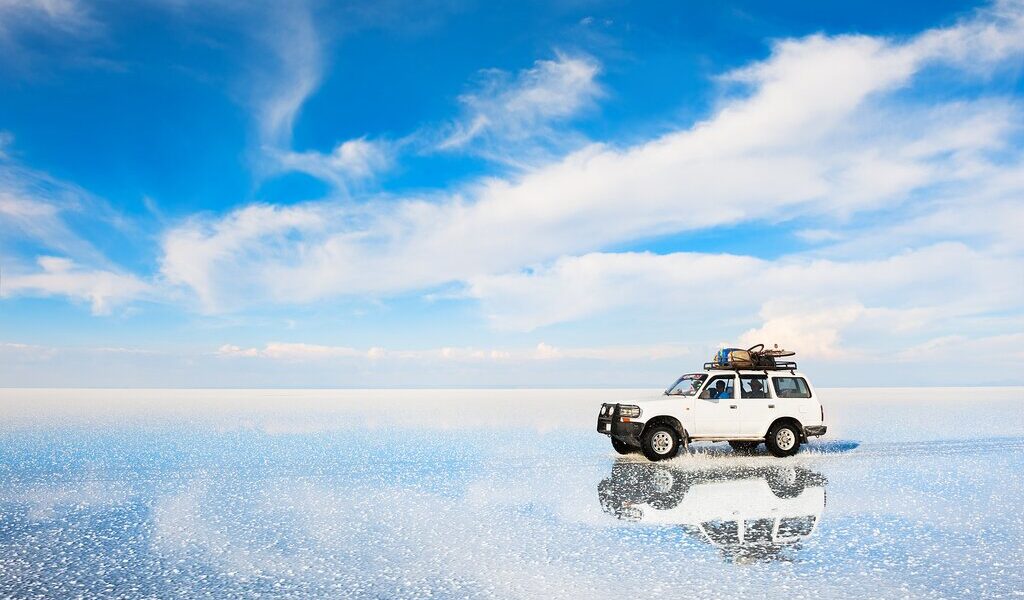
Summer is swiftly approaching and bringing with it rainy days to much of Bolivia in November, though nothing like what will fall in the coming months. Come now, and you’ll experience the country at its tranquil best, with few crowds at major sights and milder weather up on the Altiplano, where the showers are slowly transforming the parched highlands into a lush carpet of wildflowers.
Bolivia, a land of diverse landscapes and vibrant cultures nestled in the heart of South America, presents a captivating travel experience. The country’s geographical tapestry is woven with distinct zones, each boasting a unique climate that beckons adventurers and explorers alike. From the towering, snow-capped Andes in the west to the sprawling, emerald rainforests in the north, and the sun-kissed savannas in the south and east, Bolivia offers a kaleidoscope of natural wonders. The savanna region, largely covered by the Gran Chaco, is predominantly semi-arid with sparse tree cover.
### Andes: A Realm of Majestic Peaks and Cultural Treasures
As the calendar turns to November and summer approaches, the Andes region welcomes wetter, though still inviting, days. The mountains, often shrouded in mist and cloud, offer a dramatic spectacle, while the iconic Lake Titicaca reflects the ever-changing skies. In La Paz, the vibrant capital city, temperatures become slightly milder, ranging from 3°C to 15°C (37°F to 59°F). Travelers should anticipate approximately 13 days of rainfall throughout the month, although the sun still graces the region with its presence for an average of six hours each day. The Andean climate in Bolivia shares characteristics with that of the Andean region in Peru, offering a familiar feel to those who have explored its northern neighbor.
### Rainforest: An Immersive Journey into Nature’s Embrace
The month of November signals the start of the rainy season in the Bolivian Amazon, transforming the landscape into a lush, verdant paradise. While the increased rainfall may present occasional challenges for road travel, particularly the risk of delays, the adventure is well worth it for those who embrace the spirit of exploration. It is always wise to check road conditions ahead of setting off. The town of Cobija, situated in the heart of the rainforest, provides a glimpse into the typical weather patterns of the region. Expect high temperatures to hover around 32°C (90°F), with lows dipping to 21°C (70°F). Rainfall is anticipated on approximately 15 days of the month, but the sun manages to break through the clouds, offering around seven hours of sunshine each day. The heavier rains do increase the possibility of flooding, which can make travel through the region more arduous.
### Savanna: A Tapestry of History, Culture, and Natural Beauty
Bolivia’s lowlands, characterized by the expansive savanna, experience relatively stable climatic conditions throughout the year. However, November brings a slight increase in both humidity and heat, creating a warm and inviting atmosphere. Santa Cruz, a bustling metropolis, serves as a representative example of the region’s climate. During this month, temperatures can reach highs of 31°C (88°F), with lows remaining at a comfortable 20°C (68°F). The savanna region enjoys predominantly dry and bright conditions, with approximately eight hours of sunshine each day and rainfall occurring on around seven days of the month.
## Embracing the Tranquility: Crowds & Costs in November
November marks the low season for tourism in Bolivia, as visitor numbers experience a significant decline. This presents a unique opportunity for intrepid travelers seeking an off-the-beaten-path adventure. Those who don’t mind the occasional rain shower will be rewarded with a peaceful and uncrowded experience, along with the added bonus of potential deals on tours, activities, and accommodations. This is the perfect time for budget-conscious travelers to explore the wonders of Bolivia without the hustle and bustle of peak season.
## A Journey of Discovery: Where to Go in November
### Andes: A Cultural Immersion
As the rains begin to fall in November, a sense of serenity envelops the Andes region. While the higher trails may become more challenging to navigate due to muddy conditions, this is an ideal time to immerse oneself in the vibrant cultural scene of cities like La Paz and Sucre. Explore bustling markets, delve into the rich history of museums, admire the stunning colonial architecture, and savor the exciting flavors of the local food and nightlife.
For those seeking aquatic adventures, whitewater rafting on the Río Coroico offers an exhilarating experience. Although views around Lake Titicaca may be obscured by the rain, the wet conditions create a breathtaking optical illusion on the UNESCO-listed salt flats of Salar de Uyuni.
### Rainforest: A Sanctuary of Serenity
The arrival of the rains in November transforms the Amazon basin, often leading to flooded tracks and muddy trails. However, with patience and careful planning, access by road remains possible. Many animals seek refuge in the depths of the jungle, creating a magical, silent atmosphere. Ecolodge accommodations are readily available during this period, offering a comfortable base for exploring the rivers by boat. Consider basing yourself in Trinidad or Rurrenabaque to embark on unforgettable river expeditions.
### Savanna: A Historical and Natural Exploration
The lowlands of Bolivia experience rising heat and humidity in November, but the rainfall is less intense than in other regions. This makes it an excellent month for embarking on a historical journey through the Jesuit missions of the Chiquitana. Afterwards, spend a day or two soaking in the relaxed atmosphere and exploring the intriguing museums of colonial Santa Cruz.
In the foothills of the Cordillera Oriental, Samaipata offers a bohemian vibe, with trails leading to cloud forests and waterfalls. From here, you can easily access the must-see Amboró National Park and the pre-Columbian ruins of Fuerte de Samiapata.
## Unveiling the Wonders: What to Do in November
### Andes: A Landscape Transformed
The November rains breathe new life into the Andean landscape, transforming the Altiplano into a lush expanse. While multi-day treks at high elevations may be challenging due to the wet conditions, this is a fantastic time for thrilling watersports on rivers like the Río Coroico. The climate is also milder at Salar de Uyuni, which remains accessible by 4×4 vehicles. Though the sapphire blue skies may be elusive, the rains transform the salt flats into a mesmerizing mirror, creating an otherworldly spectacle.
### Rainforest: Embracing the Elements
As the rainforest lives up to its name in November, with frequent showers and thunderstorms, travelers can still find excellent deals on ecolodges and tours. Trinidad and Rurrenabaque serve as ideal starting points for boat tours into the heart of the jungle. Keep in mind that some wildlife may retreat into hiding during this wetter period.
### Savanna: A Haven for Adventure
Bolivia’s savanna offers a delightful experience in November, with less rain and abundant dry weather. Hiking remains a viable option, particularly in the stunning Amboró National Park, where the Andes meet the Amazon. This vast wilderness teems with jaguars, tapirs, monkeys, rare spectacled bears, and a multitude of bird species.
The bohemian town of Samaipata provides a great base for exploring the park and the fascinating pre-Inca site of Fuerte de Samiapata. Combine your exploration of colonial Santa Cruz with a road trip through the nearby Jesuit missions circuit in Chiquitana.
## Festive Celebrations: Events in November
* **Todos Santos** (All Saints’ Day), nationwide: On November 1st, Bolivians commemorate their deceased loved ones by visiting cemeteries and adorning graves with vibrant flower garlands. A special meal is prepared, and a place is reserved at the table for the spirits of deceased family members.
* **San Andrés** (St Andrew’s Day), Santa Cruz: Santa Cruz celebrates the feast day of Andrew the Apostle on November 30th with mass, folk music, dancing, parades, and fireworks.
## Explore Bolivia with These Itineraries
Please note that URLs have been removed from the itinerary descriptions.
* **Bolivian Cities, Cloud Forests & Salt Flats – 9 Days**: Embark on an exciting 9-day adventure through Bolivia, experiencing the vibrant capital city of La Paz, home to many great museums and markets, as well as a heart-in-mouth mountain bike ride down the famous *camino de muerte* (road of death). Explore the spellbinding cloud forests of Bolivia’s Yungas region and visit a community of coca farmers.
* **Bolivian Landscapes, Cultures & Communities – 14 Days**: This trip is full of adventure! Explore vibrant cities like Sucre and Cochabamba, the chilled town of Samaipata and its archaeological intrigue, and fascinating protected areas like the caverns and canyons of Torotoro National Park.
B-179

